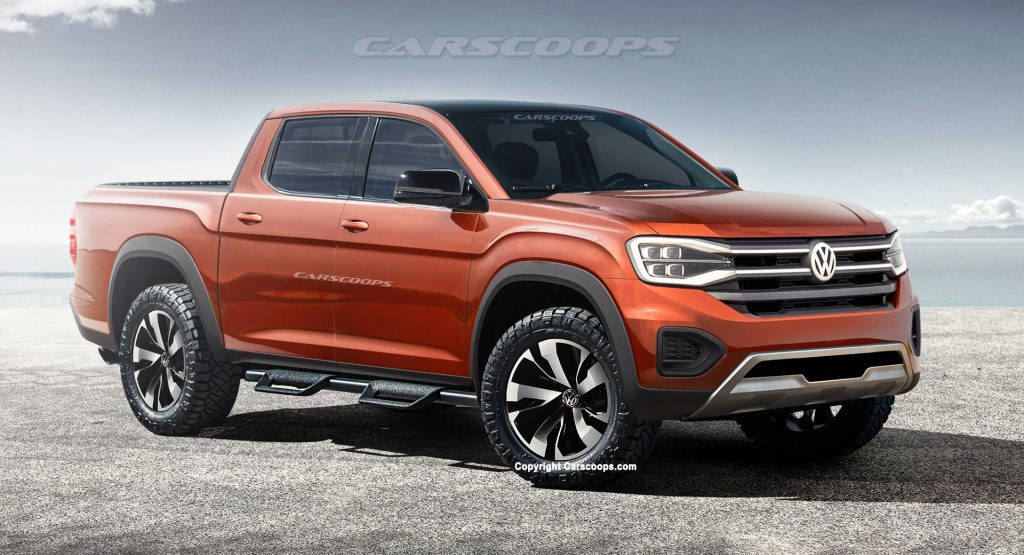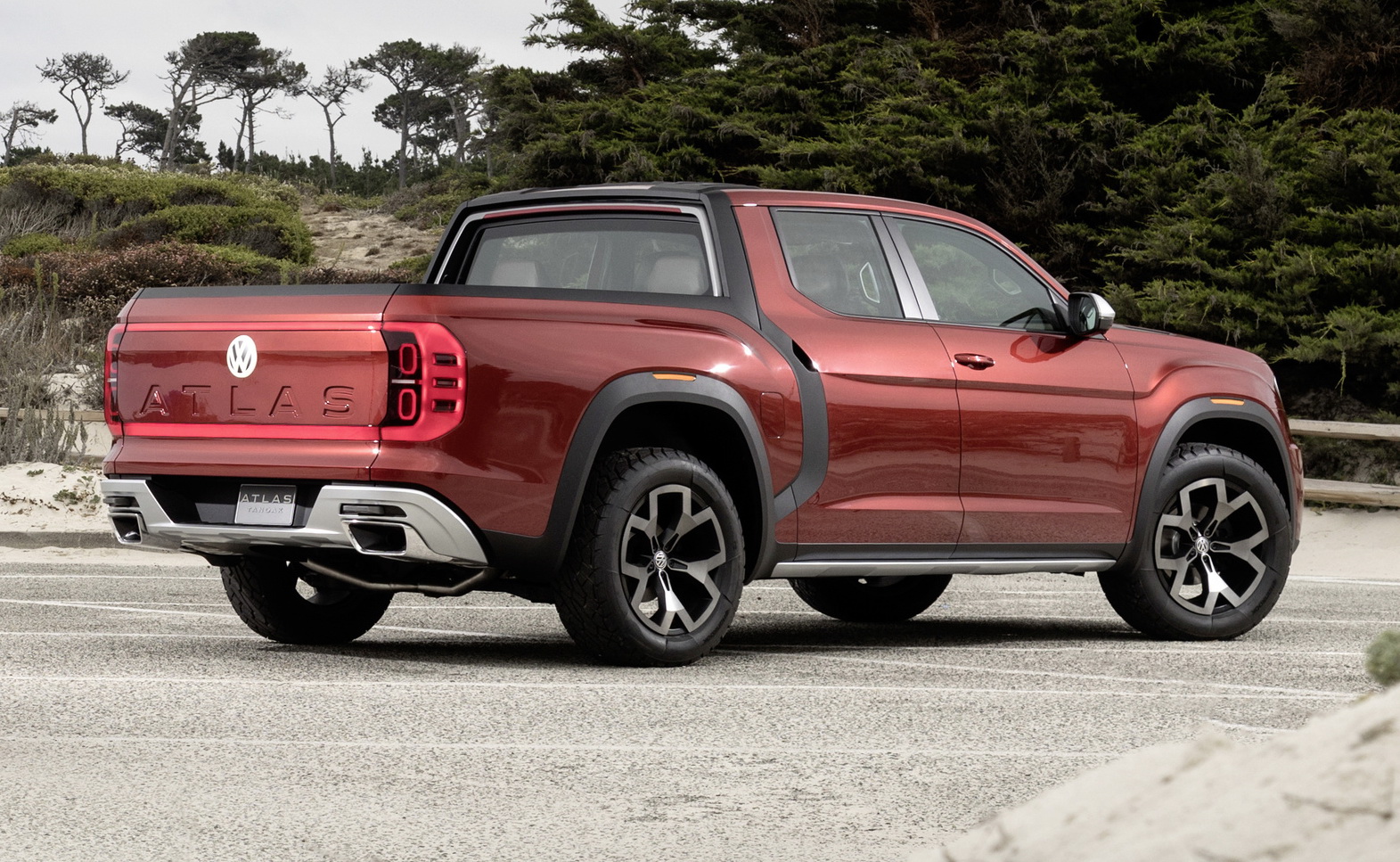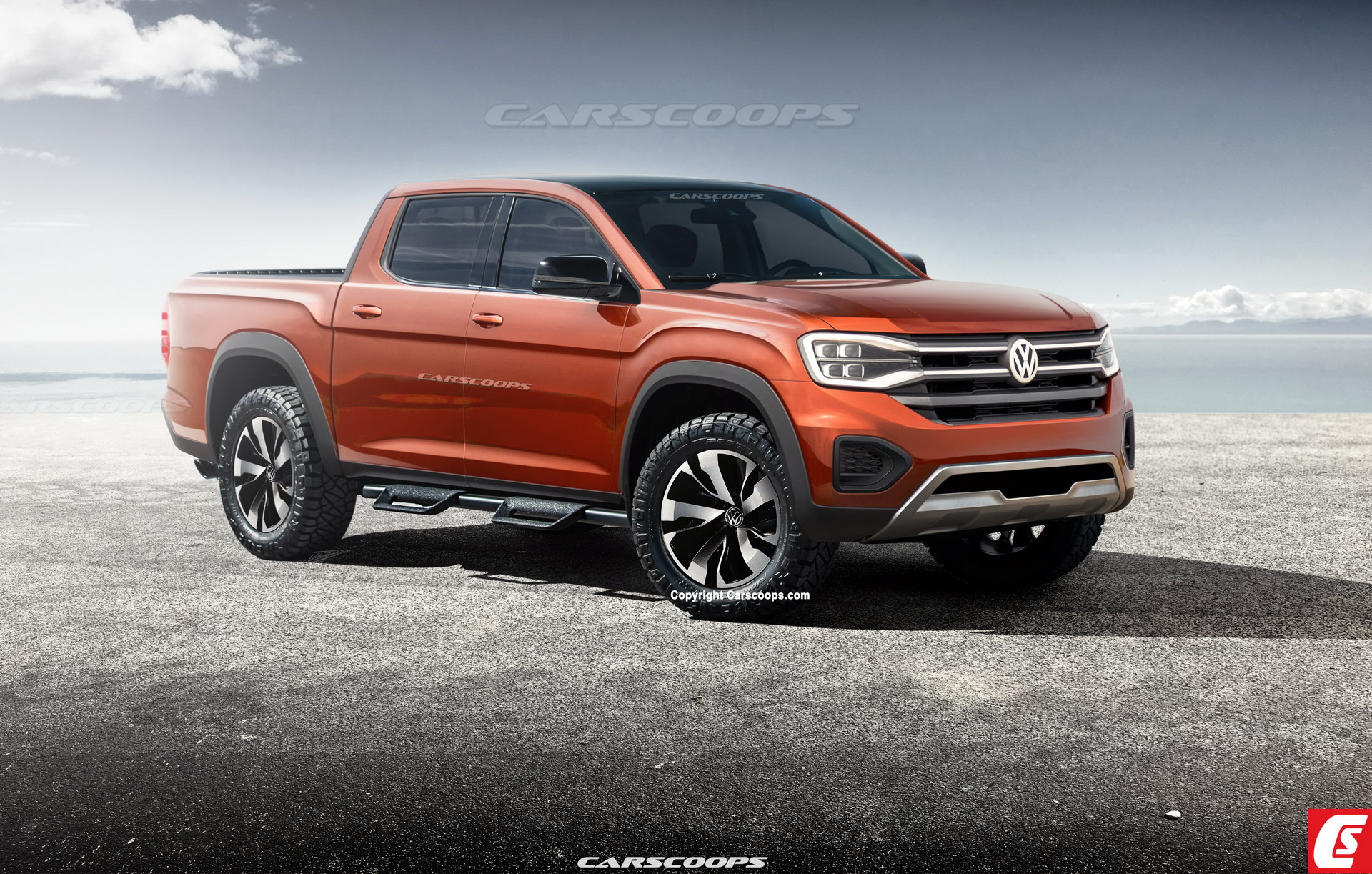It’s currently one of the most intensely discussed topics in automotive circles: the ongoing partnership talks between Volkswagen and Ford, which include collaborative efforts in the commercial vehicle segment and beyond.
As it stands, both companies would benefit greatly from reduced development costs and better traction in markets where neither do well. Initially commercial vans were thought to be core focus of the discussions, but it has since emerged that the door is open to more product co-development – including mid-size pickup trucks. Colour me intrigued.
The Truck In Question
One vehicle that could really benefit from this co-development strategy is the Amarok mid-size truck. On sale since 2010, VW’s ute is getting rather long in the tooth and due for a major redesign. Coincidentally, so is Ford’s global T6 Ranger (although its re-introduction to North America and a recent, third update for other markets has kept it relatively fresh). In theory, the stars would align quite nicely with both coming up for replacement within the next few years.
Like the current T6 Ranger, much of the initial development work would be carried out in Australia, with Volkswagen going down their own path earlier in the piece. So don’t expect a simple rebadge here, but more of a comprehensive makeover like Mercedes-Benz have done with Nissan’s NP300/D23 Navara.
Looks Tough
As for the design, my illustrated design study uses a lot of Atlas Tanoak concept for inspiration. Muscular fenders, staunch proportions and a blunt nose could appeal to those seeking a macho image from a VW truck. The Tanoak’s illuminated LED headlights and grille carryover, whilst the bed is separated from the cabin in typical body-on-frame tradition.
We’d expect some of the current Amarok’s shortcomings to be rectified with the tie-in with Ford. These are namely the cramped rear quarters (especially legroom), suspension tuning and more importantly, the absence of safety equipment like head-protecting side curtain airbags and autonomous emergency braking.
Pulling Power
Powertrains are one area where Volkswagen aren’t lacking; the 2.0-litre BiTDI and 3.0-litre V6 TDI are potent enough, then there’s also a 3.6-litre V6 petrol engine available. Although, dipping into Ford’s arsenal could give Volkswagen access to the EcoBoost range of engines and the Ford-GM co-developed 10-speed automatic.
The upcoming, eighth-generation Volkswagen Golf will offer a 48-volt mild hybrid system and there’s every chance such a setup could find its way into the Amarok too. This would provide extra low-end shove, whilst reducing fuel consumption and emissions. As part of this package, expect regenerative braking, stop/start tech and decently-sized lithium-ion battery storage.
Target Market
Whilst Australia is currently the Amarok’s biggest market, that could easily change if sales commenced in North America. However, that hinges on whether Volkswagen’s uni-body Tanoak concept becomes green-lighted. If so, such a move to bring the Amarok Stateside would be less likely as it would cannibalize sales.
Rivals and Expected Arrival
A second-generation Amarok will compete against the aforementioned Ranger, Chevrolet Colorado/GMC Canyon twins, Mercedes-Benz X-Class, Nissan Navara/Frontier, Toyota Hilux, Toyota Tacoma, Renault Alaskan, Mitsubishi Triton/L200, Mazda BT-50 and Isuzu D-Max.
If the Ranger-based Amarok gets the go-ahead, expect it to show up within the next three to five years.
That said, what are your thoughts on a Ford-based VW pickup truck? Tell us below.
Photo Renderings Copyright Carscoops / Josh Byrnes







